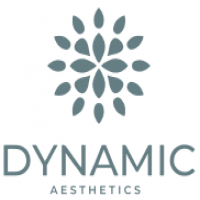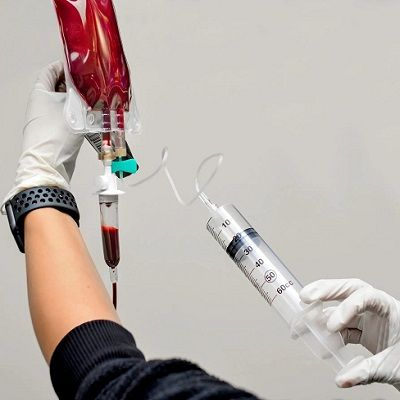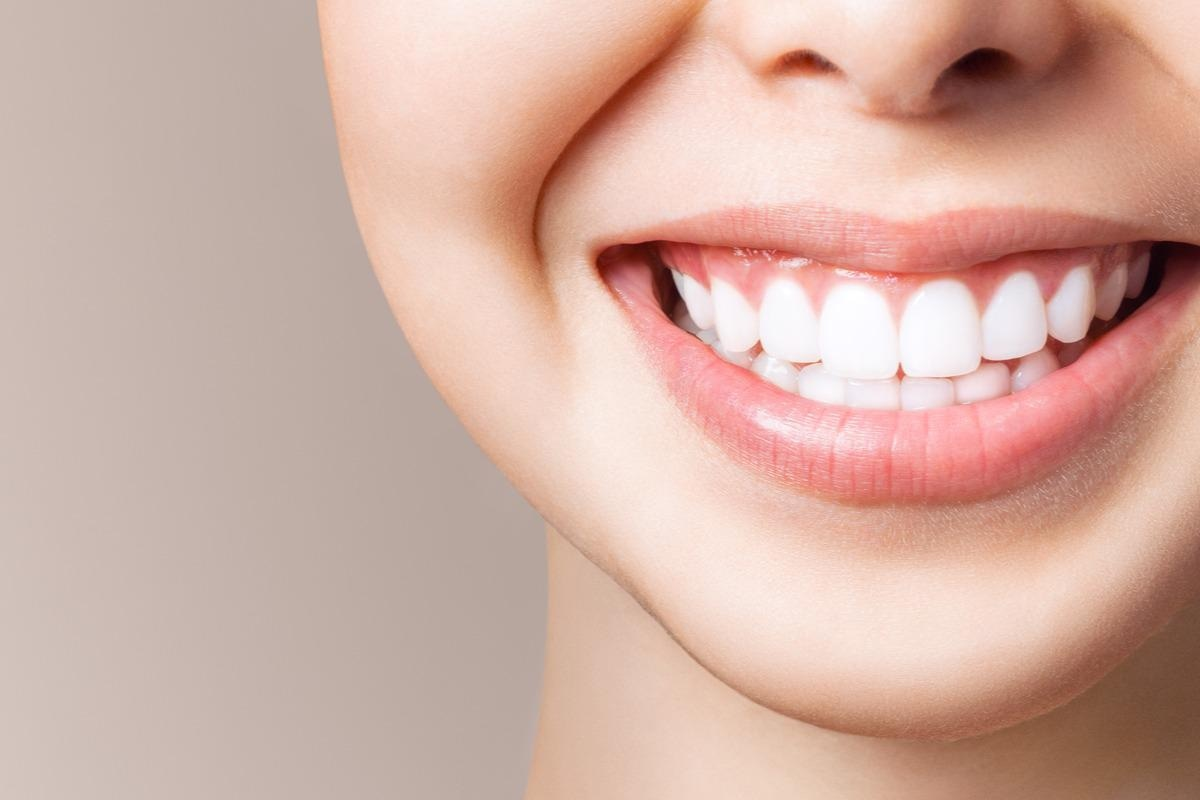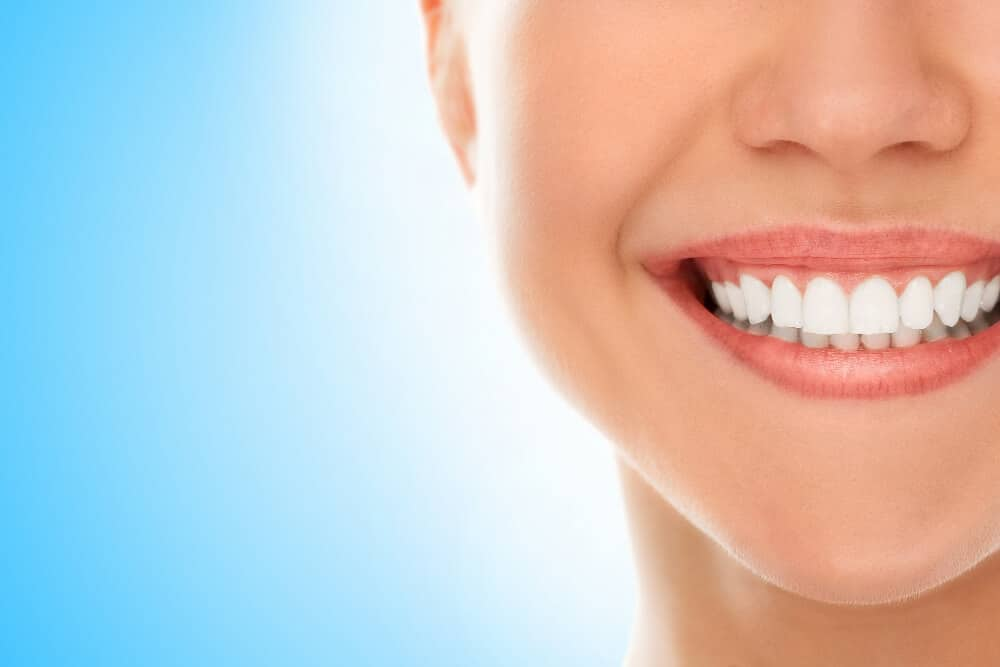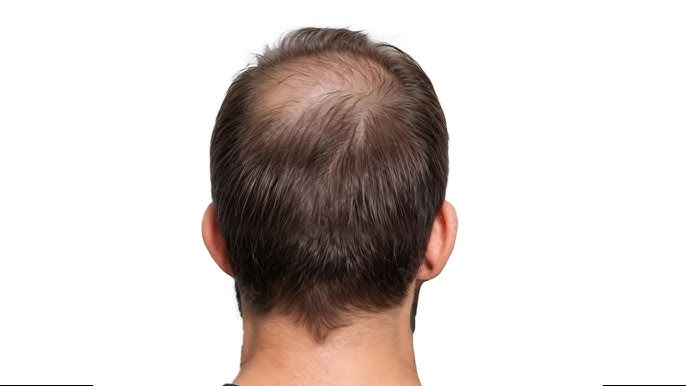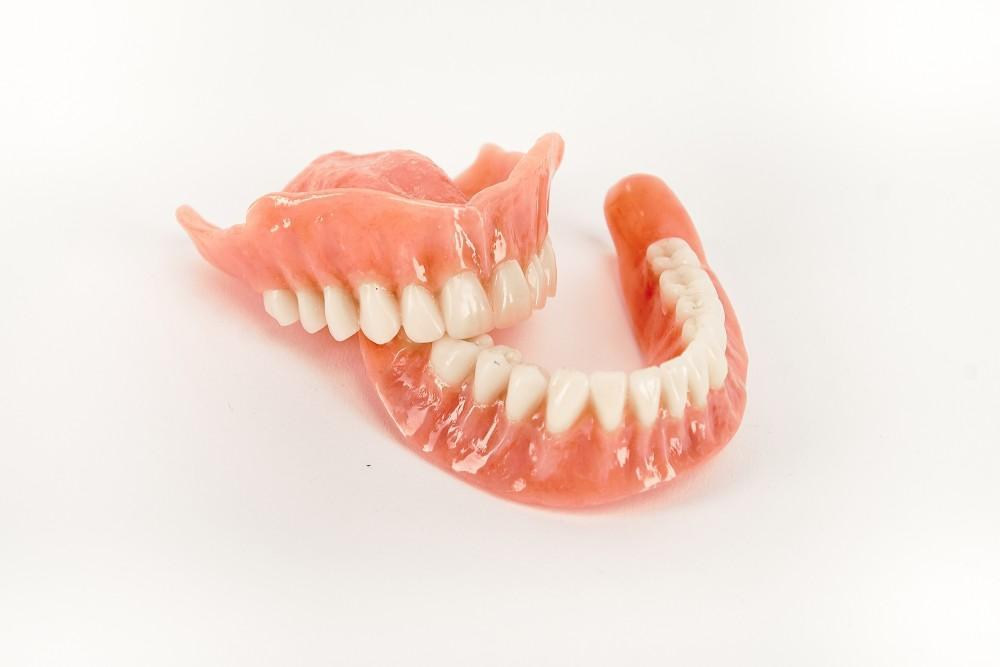How Effective is Laser Stretch Mark Removal for All Skin Types?
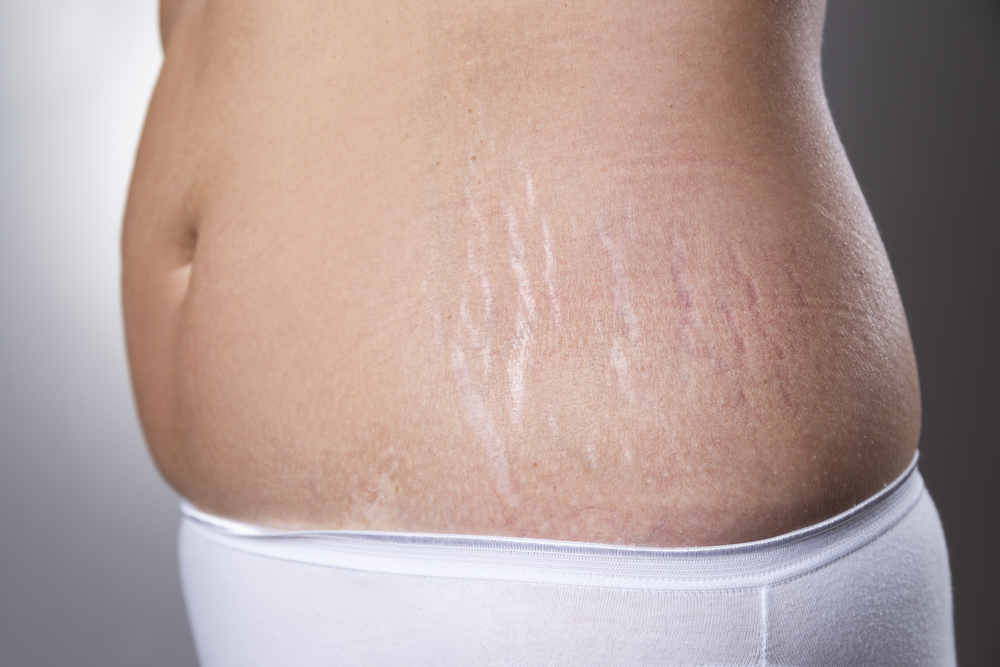
Stretch marks, also known as striae, are a common skin concern that occur due to rapid skin stretching caused by factors like pregnancy, weight gain, growth spurts, or hormonal changes. While they do not pose a health risk, they can affect one’s self-esteem and appearance. Many people turn to various treatments to minimize their appearance, and one of the most popular options today is laser stretch marks removal. But how effective is this treatment for different skin types? In this article, we explore the benefits, effectiveness, and considerations for laser stretch mark removal in Dubai(إزالة علامات التمدد بالليزر في دبي) across various skin tones and types.
Understanding Stretch Marks:
Stretch marks develop when the skin is stretched too quickly, causing the collagen and elastin fibers to break. The skin’s natural repair mechanisms form scar tissue, resulting in stretch marks. They typically appear as streaks or lines, which can be red, purple, or even silvery-white, depending on their age and the individual’s skin type.
Stretch marks most commonly form on areas of the body where skin is more prone to stretching, such as the abdomen, thighs, breasts, and arms. While the marks themselves do not cause harm, many individuals seek methods to diminish their appearance for cosmetic reasons.
How Laser Stretch Marks Removal Works:
Laser stretch mark removal is a non-invasive procedure that uses focused light beams to target the skin's deeper layers. This treatment aims to stimulate collagen production, helping to smooth out the skin’s surface and reduce the visibility of stretch marks. The treatment works by promoting skin regeneration, which allows for the repair of damaged tissue, resulting in a smoother texture and more even skin tone.
There are various types of lasers used for stretch mark removal, such as fractional CO2 lasers, pulsed dye lasers, and erbium lasers. These lasers are designed to work on different layers of skin and can address various colors and ages of stretch marks.
Laser Stretch Marks Removal for Light to Medium Skin Tones:
For individuals with light to medium skin tones, laser stretch mark removal is generally more effective. These skin types respond well to laser treatments because the contrast between the skin and the stretch marks allows the laser to target the affected area more precisely. The laser’s light energy is absorbed by the skin, stimulating collagen production and gradually fading the stretch marks.
In these cases, laser treatments can significantly reduce the appearance of both new and old stretch marks. For new marks, which are usually red or purple, lasers help in reducing the redness and promoting skin healing. Older marks that appear white or silvery often show improvement after a series of treatments, with the skin regaining a more uniform tone and texture.
Laser Stretch Marks Removal for Darker Skin Tones:
Darker skin tones can present more challenges for laser stretch mark removal due to the increased melanin content in the skin. While laser treatment can still be effective, there is a higher risk of hyperpigmentation (darkening of the skin) or hypopigmentation (lightening of the skin) following treatment. The laser's energy may affect the pigment-producing cells in the skin, leading to uneven pigmentation if not applied carefully.
However, advancements in laser technology, such as the use of specific wavelengths and settings for darker skin tones, have made it possible for individuals with deeper skin tones to benefit from stretch mark treatments. Some lasers are designed to bypass the melanin and target deeper layers of skin, minimizing the risk of pigmentation changes.
For those with darker skin tones, it’s essential to undergo a thorough consultation and assessment to ensure the most suitable treatment plan is followed to avoid adverse effects.
The Number of Sessions Needed for Results:
The effectiveness of laser stretch marks removal varies depending on the severity and age of the stretch marks. Generally, more than one session is required to see noticeable results, with 3 to 6 treatments being typical. These sessions are spaced several weeks apart to allow the skin to heal and to maximize collagen production.
While some individuals may notice improvement after just one session, achieving significant results often requires patience and consistency. After completing the recommended sessions, many people report a noticeable reduction in the appearance of their stretch marks, with skin looking smoother and more even in texture.
Recovery and Aftercare:
One of the key advantages of laser stretch mark removal is the minimal downtime. Most individuals can return to their normal activities shortly after the procedure. However, the treated area may experience temporary redness, swelling, or mild discomfort, similar to a mild sunburn, which typically subsides within a few hours to a couple of days.
Aftercare is crucial to ensure the best results and to avoid complications. Patients are usually advised to apply moisturizers and sunscreen to the treated area, as the skin may be more sensitive following the treatment. It’s also essential to avoid direct sun exposure to reduce the risk of pigmentation issues, especially for those with darker skin tones.
Potential Side Effects and Risks:
Although laser stretch mark removal is generally safe, there are some potential risks and side effects to consider. These can include temporary redness, swelling, or mild irritation of the skin. In rare cases, people may experience more severe side effects like scarring, pigmentation changes, or an allergic reaction to the laser treatment.
To minimize risks, it’s essential to choose a qualified professional with experience in laser treatments and knowledge of your skin type. This ensures that the treatment is tailored to your specific needs and minimizes the likelihood of complications.
Conclusion: Is Laser Stretch Mark Removal Right for You?
Laser stretch mark removal can be an effective solution for reducing the appearance of stretch marks, and its success largely depends on factors like skin type, the age of the marks, and the type of laser used. For individuals with light to medium skin tones, the treatment tends to produce the most noticeable results. However, advancements in laser technology have also made it a viable option for those with darker skin tones, although extra care must be taken to prevent pigmentation issues.
Before considering this treatment, it’s important to have realistic expectations and understand that achieving the desired results requires multiple sessions. Always consult with a qualified professional to determine the most appropriate treatment plan for your skin type and concerns. With proper care and the right approach, laser stretch mark removal can help you feel more confident in your skin.
Note: IndiBlogHub features both user-submitted and editorial content. We do not verify third-party contributions. Read our Disclaimer and Privacy Policyfor details.

